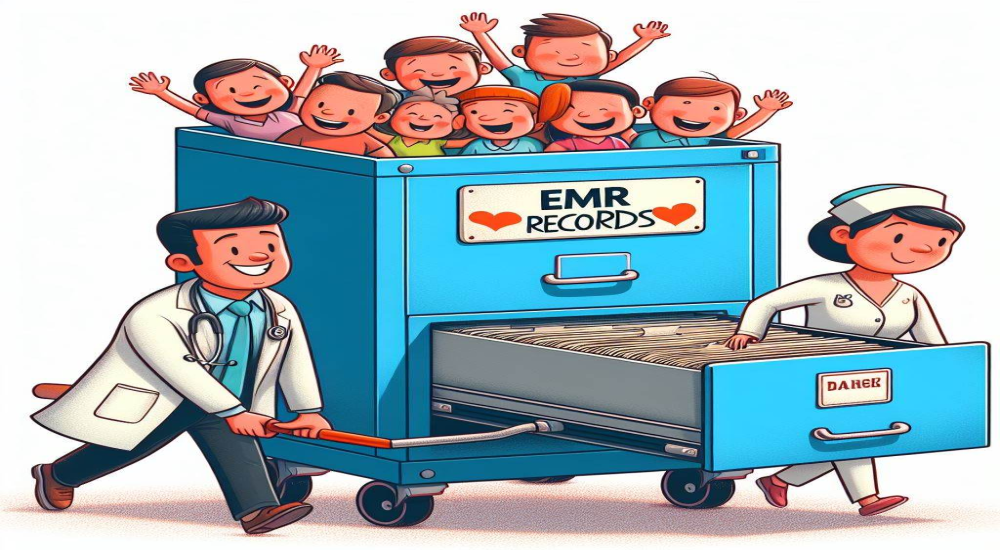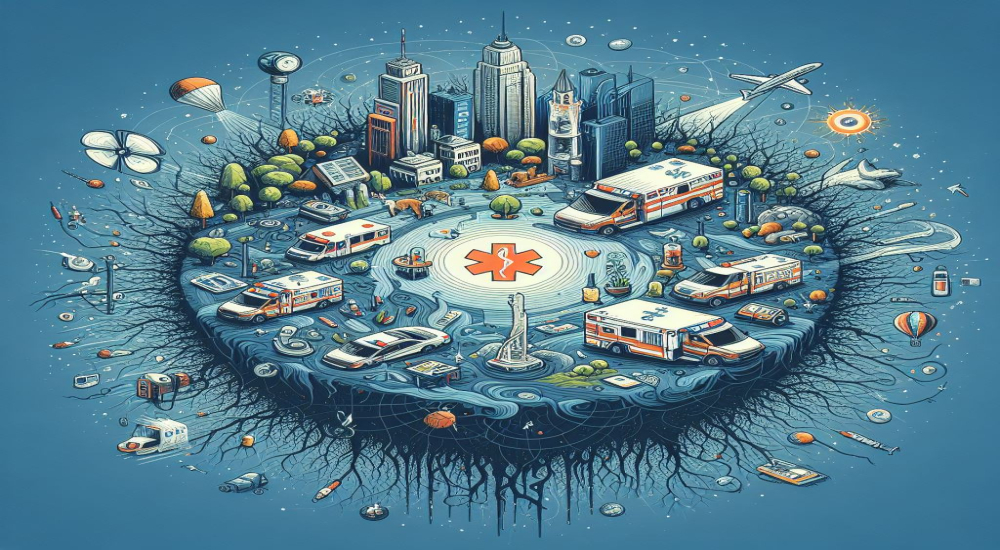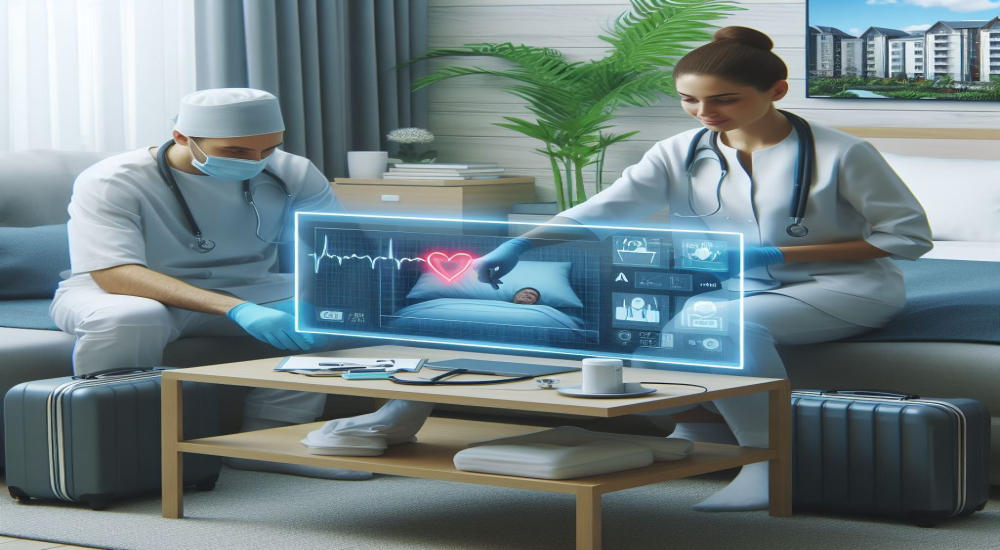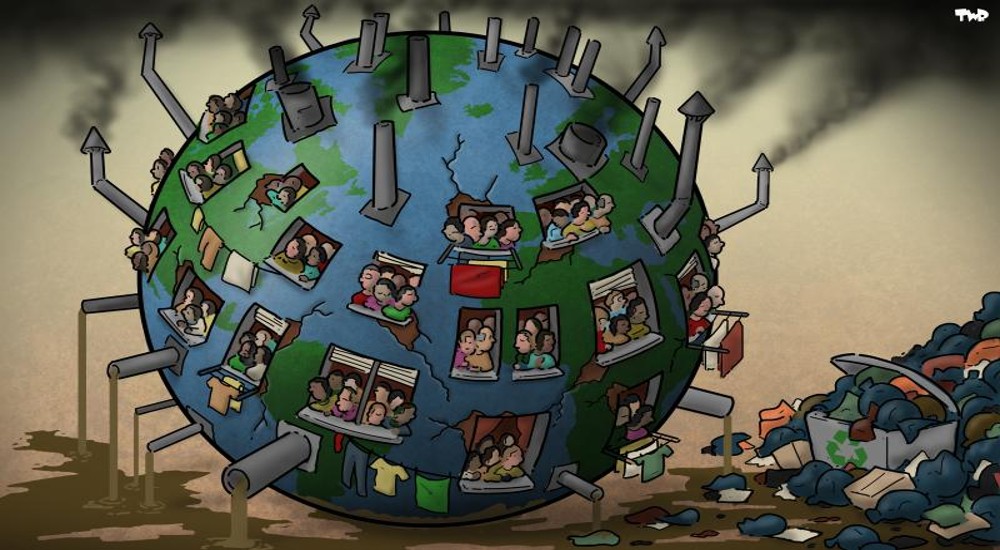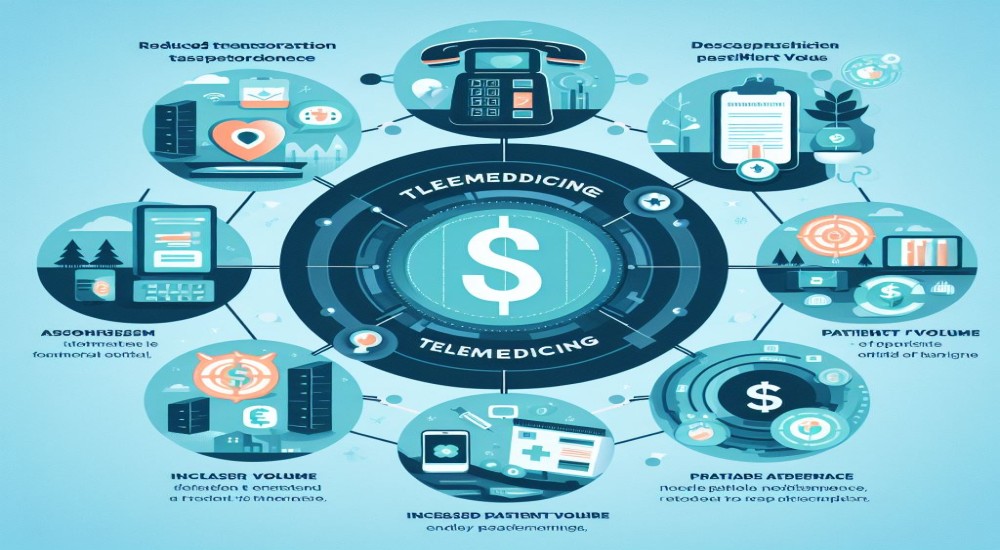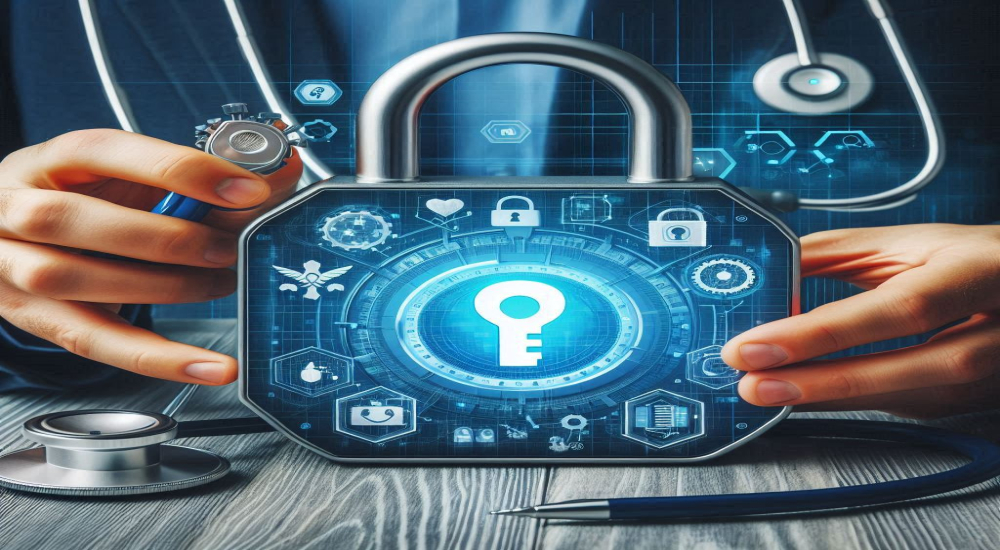Mental Health In The Digital World
We have all been sick at one point in time or another, whether it's the flu, the common cold, or a physical injury, we have all suffered through some disease or the other and in the process contemplated our own mortality. Now when we were sick perhaps a few days of rest, some good food, or some treatments prescribed by a doctor helped us get better, and most of us did what we needed to to get better because the alternative was staying miserably sick. However, mental health is an entirely different ballgame.
Many of us are familiar with the rise in news articles and TV shows that are paying special attention to mental health issues in recent times. Usually, this is a spillover from when a famous celebrity comes forward with having a particular mental health issue. Consider the sudden spotlight that was turned on to the topic after Deepika Padukone admitted on air to suffering from depression, recently those who follow Western celebrities will know that singer and songwriter Selena Gomez came forward with having bipolar disorder, others may be aware of the Twitter fiascos of famous singer Kanye West who has admitted to suffering from bipolar disorder.

While such articles of celebrities going through various mental health issues can humanize them and shed some light on a healthcare system that is very poorly designed to deal with mental illnesses, the focus can shift just as quickly to the next clickbait topic or controversy. The fact is that millions of people around the world are suffering from one or more mental health problems, what's even worse is that more than half of them go undiagnosed.
The rise of the internet has brought with it a set of trends, stigmas, problems, and issues. Rather than being just a technological phenomenon (think back to radios and TVs for comparison), the internet is now a social and cultural phenomenon that actively guides and affects the mental health of people who use it.
Plenty of experts have argued the pros and cons of the internet and our current digital age, so we'll avoid the tortuous arguments and focus on the psychological and healthcare aspects alone. The internet while being a vastly informative and helpful tool also has an addiction quotient rarely seen in any other drug or substance. In fact, many new studies are linking substance abuse to behavioral addictions such as continuous mobile usage. In such a charged environment where the conversation about mental health is more politicized, it has become vital to take the conversation back to the basics.
MANY PEOPLE NEED ACCESS TO MENTAL HEALTHCARE:
It might be surprising to many of us but there are actually no demographic groups out there that aren't suffering from some level of mental health issues. News and social media are filled with posts and articles on how teenagers are suffering from depression and negative body image, students are under greater stress due to exams, and adults in the corporate sector have very poor mental health.
Depression, anxiety, suicidal thoughts, panic attacks. These words were unfamiliar to most people just a decade ago, yet even children are aware of these terms today. There has been an increased awareness of stress associated with work, old age, and particular professions and both private and public organizations have taken an interest in identifying groups that are at greater risk for developing mental health issues. The public at large is more aware of the mental health issues that they are facing and the need to correct them.
Students facing the pressure of exams in a cutthroat and competitive world, women facing increasing harassment and violence, the poor and dispossessed, the working professionals who are running the rat race in a money and success-driven world, all of these are categories of people at risk for developing serious mental health issues. In a twist of irony, several studies have found that the rates of depression, suicide, anxiety, and other such issues were at an alarmingly high rate among medical students and the medical community in general.
THE ROLE OF TECHNOLOGY
Technology can be a double-edged sword that can be used to either treat or cause these issues. The most glaring example is that of social media use. A large section of the population uses social media for their entertainment, to get news updates, to stay in touch with friends and family, and some even use it for work. This means that for most people with access to the internet and a smartphone, a large part of their day is spent browsing and posting on social media. This has set off some dangerous trends. The latest edition of the DSM, which is a kind of the Bible for psychiatric illnesses and their diagnosis, lists obsessive social media usage as a mental health disorder. Risky selfies, obsessively posting pictures, getting depressed over the response (or lack of it) on a social media post, FOMO (fear of missing out), doomscrolling news articles, etc. are all now considered either psychological issues on their own, or they are regarded as symptoms of serious psychological issues. The current trends in social media and technology use seem more inclined towards a negative and narcissistic world view and that can be quite a burden on the mind.
There are increasing cases of cyberbullying, cyberstalking, and generally toxic behavior online. Many countries and legal systems have had to modify their laws and adjust to the scenario by creating new laws, departments, and task forces. The safety of women online has been a big question mark, even home doesn't feel safe when your stalker is a constant presence on your phone or laptop, and let's not forget that the rise in technology has made it so that we are never far away from work. Our fathers and grandfathers went to work, punched a clock, and came back home to get on with their lives but for the workforce today, the presence of Zoom, Scrum management tools, WhatsApp, and the internet have blurred the lines between office hours and personal hours.
The recent pandemic which forced the entire population to go into isolation highlighted these issues as people all over the world confessed to feeling incredible stress, depression, and anxiety. In fact, the frequent Zoom meetings, online reporting, and continuous work culture have led to a condition called Zoom fatigue which is characterized by reduced energy levels and generalized depression. Many schools and colleges had to shift to an online mode of education, and students as well s teachers reported that the digital connection was hard for them to adjust to, resulting in reduced productivity, leading to less knowledge sharing and cooperative learning than usual.
WHY DO WE NEED TO TALK ABOUT IT?
Gone are the days of our parents and grandparents when repressing feelings, and ignoring mental health in the pursuit of money and stability was the norm. Today's educated population is unwilling to work in toxic environments and is prepared to quit rather than suffer in silence. The rise in mental health issues among young populations is also an issue that has been highlighted by the media every exam cycle, the recent spate of suicides among students is also a deeply worrying turn of events.
Women across the world are facing record levels of violence and sexual harassment according to an international survey, this has led to many of them being traumatized or suffering from depression, stress, and other psychological issues. The aged and geriatric population in the country is rapidly rising and studies have shown that elderly people have their own series of age-related mental health issues. In the public space and for a country as a whole, mental wellness can affect a variety of things such as:
- Productivity
- Crime
- Healthcare
- Wellness Index
- Birth rates
- Suicide rates
The governments of countries around the world are paying special attention to the mental health issues of their citizens as they have realized that happy people usually make happy voters and that elections can depend on that. Global organizations such as the WHO are now monitoring the mental health of people as an indicator of how well a country is doing. All of this has created a need for normalizing mental health conditions and removing the stigma surrounding them. Traditionally attitudes towards mental health disorders have been regressive in countries such as India and China, where people are hesitant to seek treatment.
Unlike a variety of communicable diseases, mental health issues can affect multiple generations and have a long-standing effect on the population, which can affect the growth and development potential of the entire population at large. So normalizing the talk about mental health disorders in the public space is definitely the first step, this is followed by increasing access to healthcare resources for people of all age groups.
DESTIGMATIZING CARE
In India, a mental health issue, or having a breakdown can be quite taboo and families usually do more to cover up such an incident than to find out the cause of the problem and treat it. In India, we will find multi-specialty hospitals that address a variety of diseases that have to do with the heart, kidney, lungs, and liver but rarely will you find one that is specialized in providing mental health treatments, nor will you find advertisements for the same. We recognize that mental health impacts our lives significantly but rarely do we invest in taking care of it (the sporadic yoga classes and the odd spa retreat aside).
So what this boils down to is that there is a young generation that is growing up under a variety of stresses that have never been seen before, and we have an aging population that is living longer (thanks to advancements in healthcare) and the mental needs of both are being shoved to the back of the closet. This can and will lead to a large-scale meltdown that will prove detrimental to both society at large and the public exchequer as well. Ask anyone on the street and they will tell you that the first step to solving a problem is to recognize and acknowledge having one, then we have to look at the reasons that these mental health problems are on the rise, and finally we have to look at the way our healthcare facilities and structures are oriented and if they are capable of addressing the problems.
High-stress jobs, social media addictions, exposure to global catastrophes and continuous negative news coverages, and the increased pressure to perform in the face of financial and social uncertainties can lead to people in their 20s suffering from diseases and health issues that we would expect to see in people in their 50's. These are the people on whom society depends the most for productivity, having a less motivated or ill young generation can have ripple effects on every aspect of society and the economy.
The basic steps to destigmatize care are:
- Acknowledge the issue
- Increase access to mental health services
- Lower economic and geographic barriers to accessing care
- Normalize the need for counseling at the state and central levels
- Use platforms such as film, television, and advertising to educate the public on mental health issues
- Set up outreach programs and clinics to help vulnerable communities and economically weaker sections
- Host events and seminars and involve the people in the dialogue on how to improve mental health
- Set up periodic reviews and have public-private partnerships to help promote access to mental healthcare
- Train more psychologists, and psychiatrists to increase the availability of care
- AckMake sure insurance policies cover mental health issues and their treatment (many companies have started it)
WHAT IS THE WAY FORWARD?
It's easy to talk about increasing awareness about mental health disorders and allocating more resources to treating them (writing about it is easy too), but putting boots on the ground and getting things done can be an uphill task. In the latest survey, it was found that there were only 0.75 psychiatrists per lakh population in India, and mental health professionals usually tend to gravitate towards cities leaving rural populations woefully under-serviced.
This means that for most people who are suffering from diseases such as Alzheimer's, depression, anxiety, stress, panic attacks, suicidal ideation, etc. there are no medical facilities or doctors who can diagnose and treat them. Various private and public entities have come up with innovative solutions to help address this huge difference between supply and demand, some of which we will review here. There are now state-run suicide and mental health hotlines that are manned around the clock, where anyone who is facing any mental health issue can dial in for free and speak to trained counselors and psychologists. Companies and businesses have started to include trained and qualified psychologists in their workforce and are paying greater attention to the mental as well as the physical well-being of their employees. Many schools, particularly private ones, have embraced the concept of having a guidance counselor or trained professional on their staff to provide help to the students.
However, the best way to bridge such a large gap in demand and supply, while also being able to provide sensitization and education to people is through the use of digital technology and platforms. Using Telehealth and Telemedicine experts and doctors can be connected to patients in need at any time, this saves a huge amount of time and money while making use of the widespread availability of the internet and smartphones. In fact, there are several mobile and web-based applications focusing purely on mental health that have been released. The use of digital or remote monitoring of patient vitals along with the use of telemedicine can be a great way to bring mental healthcare to people.
Using digital platforms solves many of the conventional problems of access, affordability, and time. People in remote locations and of all ages and genders have at least minimal access to the internet and smart devices, this means that they can avail healthcare services at a low cost at home. The government and various private telemedicine companies are now setting up telemedicine kiosks at government hospitals, public health centers, and other strategic locations to help increase access to healthcare among the people. Mental health and wellness professionals can use the same platforms to extend diagnosis and treatment to people.
The rise in digital technology is an unstoppable force and while it has caused or exacerbated mental disorders, it can also serve as a salve and cure for the problems it creates. While the costs are not as high as those involved in setting up conventional healthcare facilities, there is still a significant amount of investment needed for the software and infrastructure, not to mention training and staffing these ventures. Attitudes amongst doctors and people towards adopting digital technologies have been lukewarm at best and will certainly need to change.
So we can expect mental health and wellness to undergo a paradigm shift soon, but it will most likely happen in stages and will need the investment of both public and private players in the industry. But one thing we can be sure of is that this problem is here to stay and it needs our urgent attention, and going down the digital road may be the best way forward for mental health as a whole.











